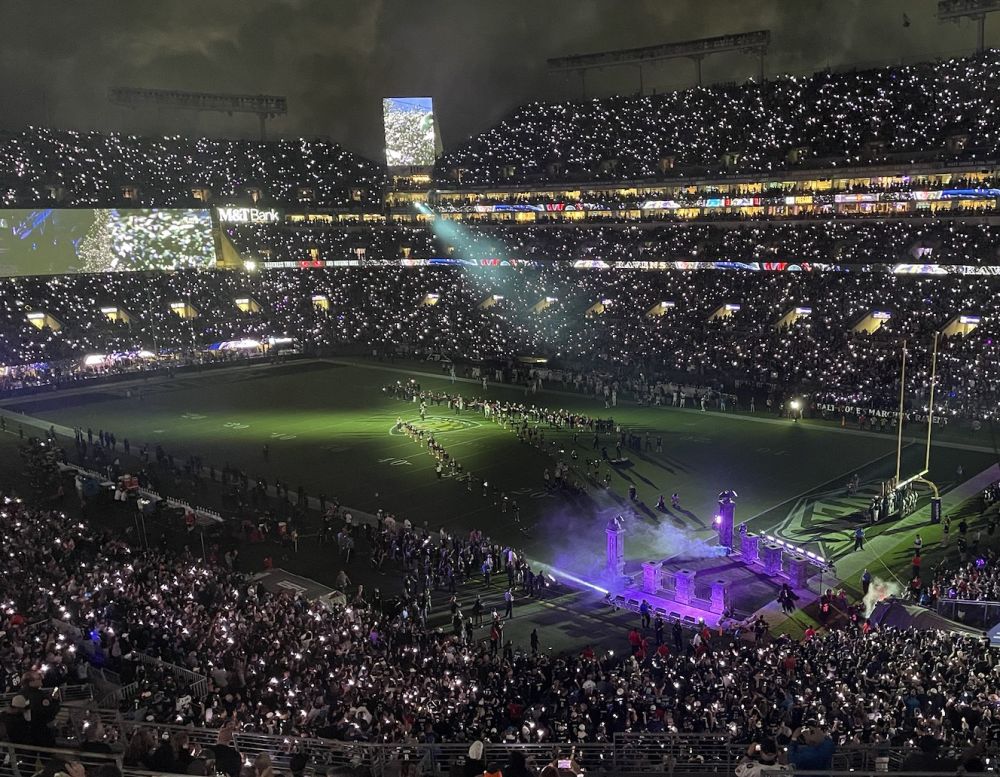10. Syd Thrift, Confederate money and the new Oriole Way of 21st century
“Mr. Angelos feels the term general manager is obsolete and I agree with him. We’re going to keep working to turn this thing around and we’re all going to be working together.”
Syd Thrift
Orioles Director of Player Personnel
January 2000
BY NOW ONE OF THE biggest problems Peter G. Angelos was discovering was his inability to lie or buy his way out of the dilemma of the very public and ongoing accountability of running a Major League Baseball team. By all accounts, those around him would say that he had very little natural interest in baseball at all before he bought the Baltimore Orioles. He was a boxer as a kid and a bookish, nerdy, difficult, know-it-all political aspirant who was least likely to get a player autograph or spend a free day at a lowly baseball game on 33rd Street as a kid.
Mr. Angelos was far more interested in ruling the world than being a peasant local sports fan.
Angelos was much more serious and interested in law, government, politics and pontificating for anyone who would deem him significant enough to listen to him drone on about his expertise in the world and his world view. Buying the baseball franchise bought him an audience to listen, and an initially fawning media that hung on his every word. Angelos was once called a “windbag” by a rival politician during his City Hall-aspiring days and six years into his reign of terror with the sputtering Orioles, his many words and lack of success with people would lend some credence to that claim.
Now, with an evolving track record and many knee-jerk executive decisions, his fingerprints were all over every aspect of the Orioles and the fan experience. His check and report card was coming due in the media. There was no way to avoid the humiliation and daily soap opera of despair that the team generated – on and off the field.
Angelos wanted everything his way.
And, now, he had his wish.
And he couldn’t handle how miserably his strategy – if you could call it that – was failing. And how unpopular a guy who was wrecking baseball for lifelong Orioles fans could actually become and how quickly the “Marylander of The Year” accolades could be under siege from the fan base and a media that was simply reporting the bizarre nature of every unorthodox transaction, while watching competent baseball people come in the front door of The Warehouse and get pushed out the side door like yesterday’s rubbish.
The franchise was without a true leader, without a plan and without a clue. But the team still had a legion of disappointed and disillusioned fans. Tens of thousands of Orioles fans turned to the team on a daily basis as they’d done with their parents and in some cases their parents’ parents. Baseball in Baltimore felt like a birthright, like an appendage or a member of the family.
For local fans, the franchise was a “we” not a “them.”
That was the lure and allure that drew Peter G. Angelos to the team to begin with – the significance and royalty of the Baltimore Orioles. It wasn’t his love of a spring afternoon at a baseball stadium or a hot summer night in a pennant race. It wasn’t because he loved a well-pitched game or keeping score with a No. 2 pencil. It wasn’t because he had memories during his formative years with Brooks Robinson or Jim Palmer or even Jim Gentile and Gus Triandos. It wasn’t because he entered debates about Eddie vs. Cal or Frank vs. Brooks.
Angelos bought the team to be loved. He certainly didn’t need the money. He craved the power, the status it would bring. He sold the very concept that ONLY a local owner could make the franchise better and



























